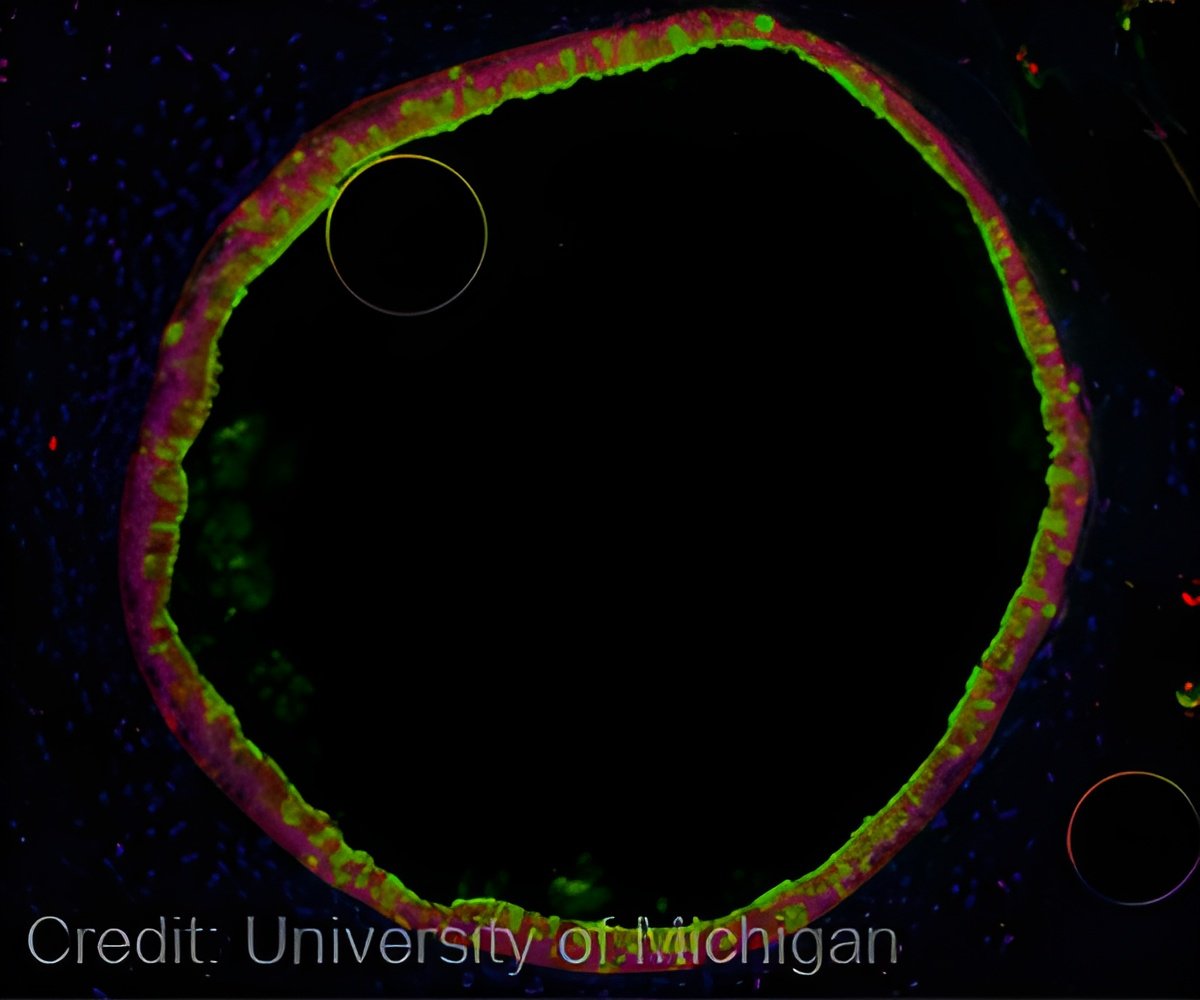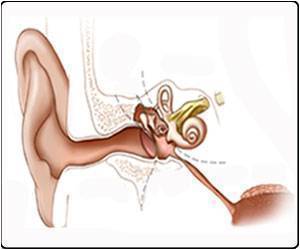A historic breakthrough that could open the way to new anti-flu drugs has been made by scientists.

The study was done on the 2009 pandemic influenza strain, but it will help scientists to design innovative drugs against all the different influenza strains, and potentially lead to a new class of anti-flu drugs within 10 years.
Scientists at the European Molecular Biology Laboratory (EMBL) in France focused on what is known as the endonuclease part of the enzyme RNA polymerase.
The endonuclease enables the virus to trick someone into producing viral proteins, which join into new viruses that spread the infection.
The team led by EMBL head Stephen Cusack analyzed crystals of endonuclease from the 2009 pandemic influenza strain using the high intensity X-ray beams at the European Synchrotron Radiation Facility (ESRF).
The researchers were able to determine the 3D atomic structure of the enzyme and to visualise how several different small molecule inhibitors bind to and block its active site.
Advertisement
The research shows that the active site of the endonuclease is shaped like a cave with two metal ions at the bottom.
Advertisement
"Based on this detailed structural information we can now design new synthetic chemicals which bind even more tightly to the endonuclease active site and thus will potentially be more potent inhibitors of influenza virus replication," the Daily Mail quoted Dr Cusack as saying.
"We can even try to build in anti-drug resistance by making sure the inhibitors only contact those amino acids that the virus cannot mutate since they are essential for the normal activity of the polymerase," he said.
According to him, because of similarities it should be effective against seasonal flu, novel pandemic strains or highly pathogenic H5N1 bird flu.
The findings of the study have been published in the journal PLoS Pathogens.
Source-ANI









